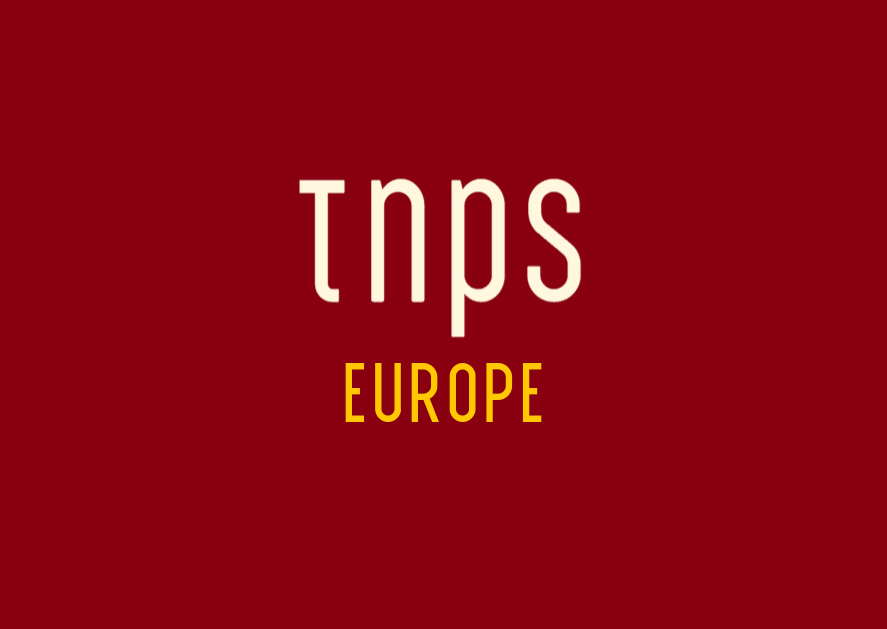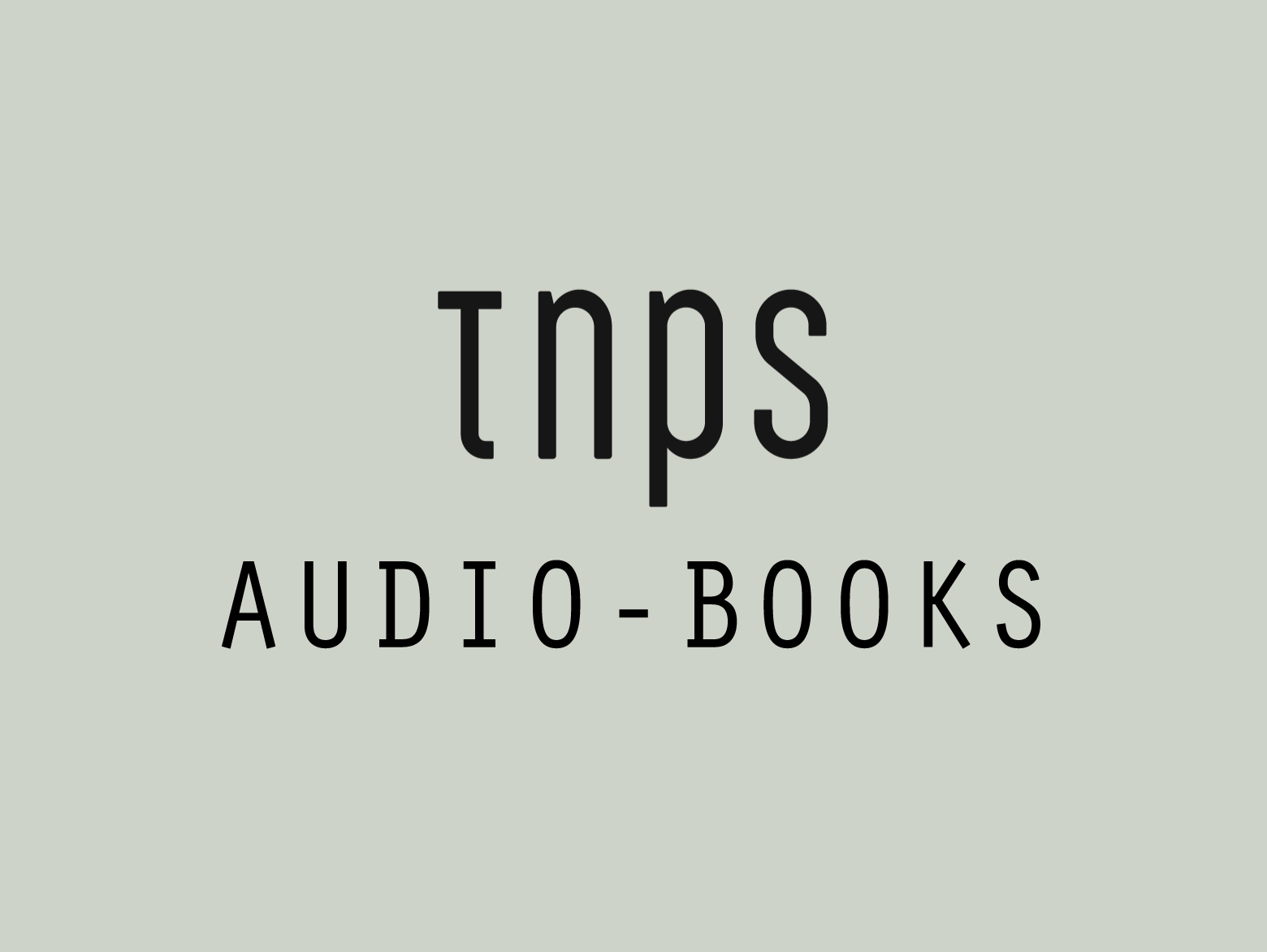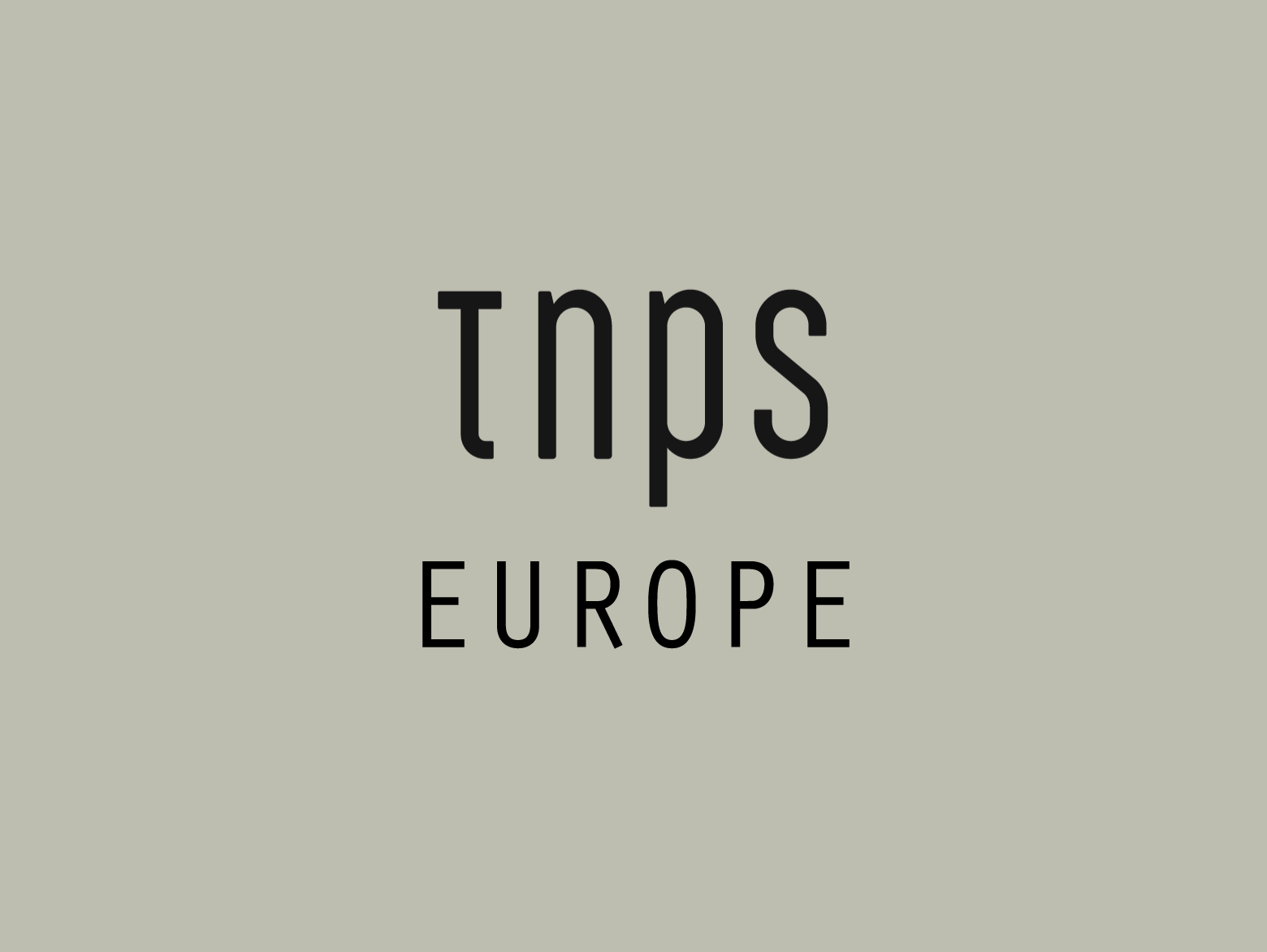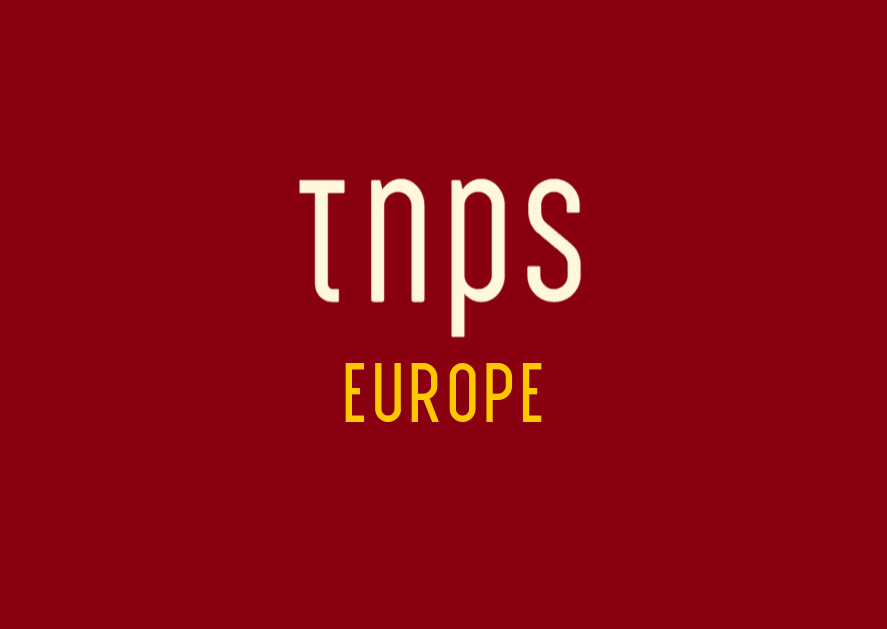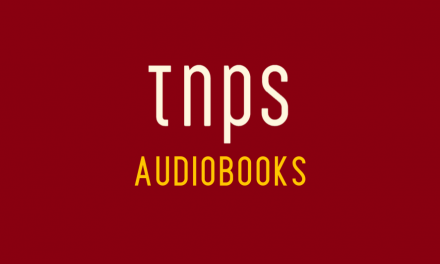Research focussed on identifying and reconstructing forgotten Latin fragments from medieval Icelandic manuscripts, is revealing the theological and liturgical texts that connected medieval Icelanders to broader European intellectual culture.
Back To School
Okay, so I know no-one reading this post on LinkedIn is a Grade 3 student, but bear with me as I share this text about early Icelandic literature that I’ve written this morning for my Hydrogen 3 students for when school re-opens here in The Gambia.
Hydrogen 3? Each class is divided into four groups, with Hydrogen being the top group that work way above regular school-defined levels.
We teach using a top-down “stepping stones and breadcrumbs” model of learning that allows the high-end students to explore knowledge at levels their regular school counterparts will never get the chance to. Keep that in mind.
Iceland, with its population of 380,000, boasts a remarkable literary tradition. Known for producing great writers, it’s often said that one in two Icelanders writes books. This tradition dates back to the Middle Ages.
Integral Part of European Culture
Contrary to the belief that Iceland’s barren landscape drove its literary culture, Icelanders were deeply connected to Europe. They engaged with Britain, Germany, Denmark, and Norway.
Preservation of Royal Lineage
Icelandic “skalds” (poets) were essential in preserving the history of Norwegian royalty from the Viking Age until 1184. Notably, Snorri Sturluson documented the sagas of kings in the 13th century, ensuring these stories were passed down.
Medieval Manuscripts
In the Middle Ages, Icelanders wrote sagas, eddic poems, skaldic verses, scientific literature, and political treaties on valuable calfskin parchment called vellum. To maximize resources, Icelanders often reused parchment, creating palimpsests by scraping and repurposing the material.
Unique Use of Palimpsests
Iceland’s reuse of vellum extended to printed books after the invention of the printing press. This practice of creating printed palimpsests is, within Europe, unique to Iceland.
Transition to Vernacular Language
The Reformation (1517-1550) brought significant changes, including the shift from Latin to Icelandic for written texts. Existing Latin manuscripts were transformed into palimpsests for new Icelandic texts.
Rediscovering Hidden Texts
Now, research focussed on identifying and reconstructing forgotten Latin fragments from medieval Icelandic manuscripts, is revealing the theological and liturgical texts that connected medieval Icelanders to broader European intellectual culture.
Arnamagnæan Collection
Árni Magnússon, an Icelandic archivist, collected medieval documents in the 17th century, forming the Arnamagnæan Collection, now part of UNESCO’s Memory of the World Programme.
The children are already actively engaging with UNESCO’s Intangible Cultural Heritage programme, and this essay, that originated on PhysOrg, – is a stepping stone to discovery of medieval European culture to compliment their West African history and culture studies.
This post first appeared in the TNPS LinkedIn newsfeed.

